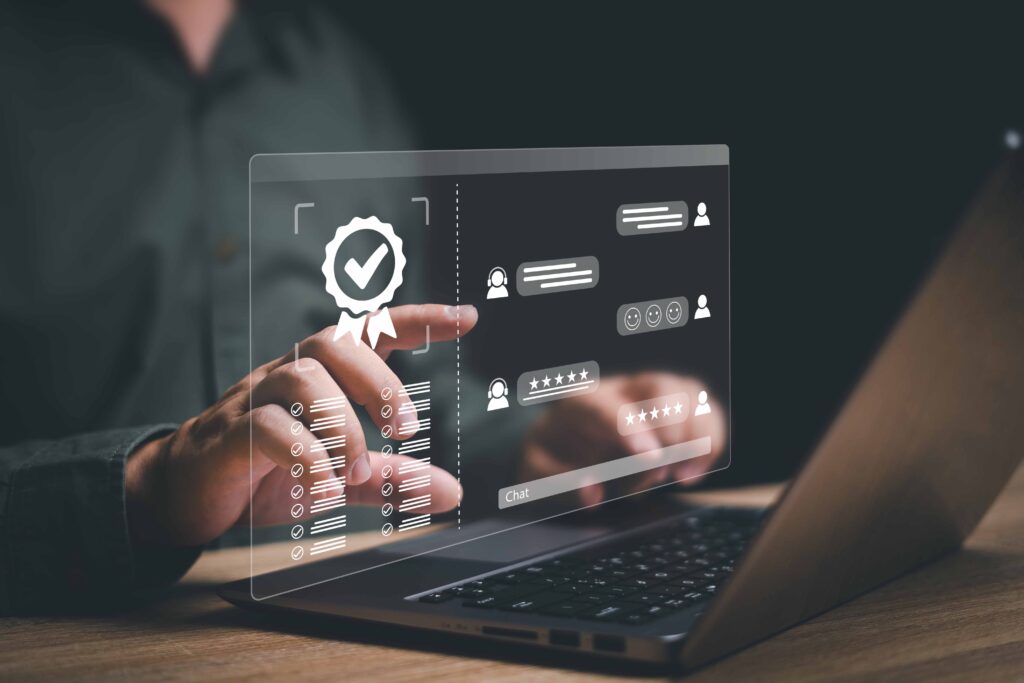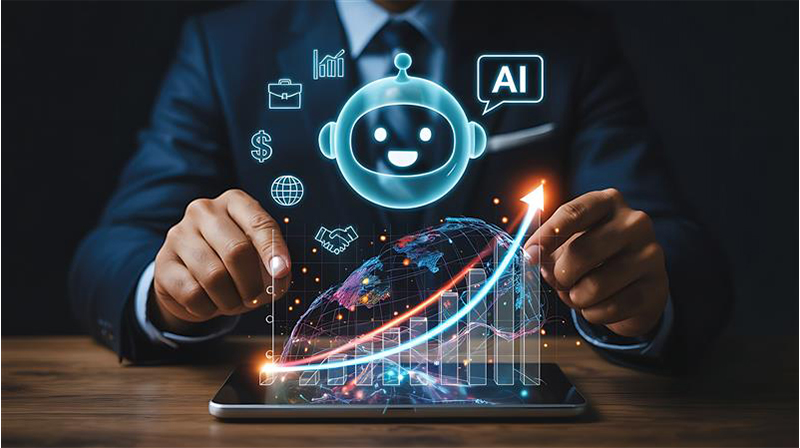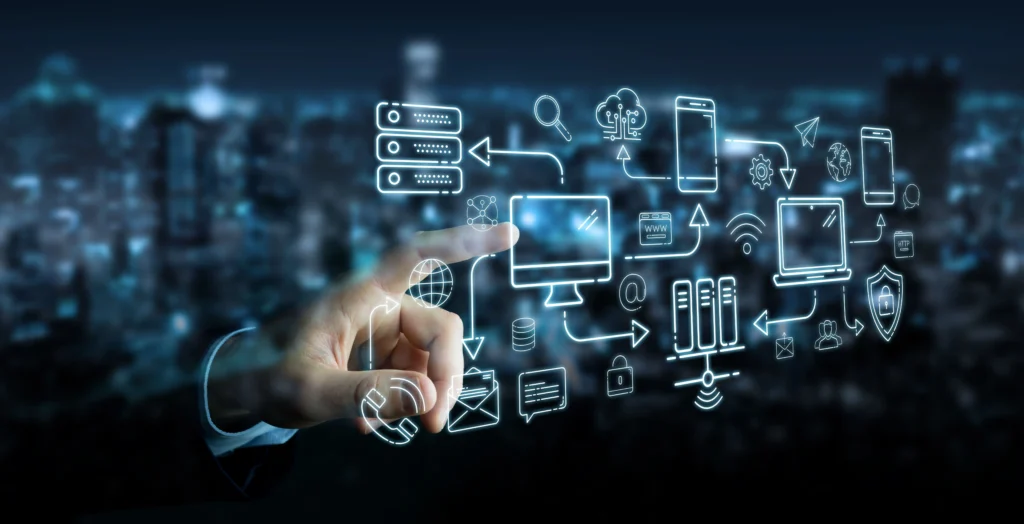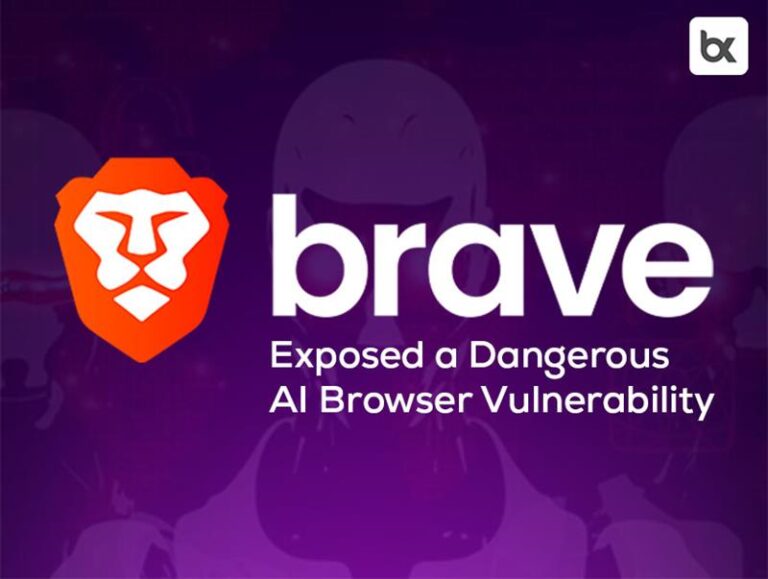IT Sector Recovery: How IT Companies Are Evolving
IT Sector’s Path to Recovery

Introduction: A Crucial Moment for the IT Sector
After several years of headwinds from slowing global demand, client budget cuts, and rapid technology shifts, the IT sector is finally showing signs of stabilization. Big players in India and abroad are reporting improved deal pipelines, cautious optimism, and renewed investment in AI-driven transformation. For both professionals and organizations, this signals opportunity, but recovery requires strategy, not complacency.
In this new phase, professionals must recognize that the classic career pathway in IT is changing. Yesterday’s developer or infrastructure specialist may no longer guarantee growth. The future belongs to those who participate in transformation, not just execute it.

What Is Driving the Recovery Path for the IT Sector?
The term Recovery Path perfectly describes what is now unfolding across the global IT landscape. After a period of muted growth, three major catalysts are powering the turnaround:
- Digital Resets and AI Adoption: Enterprises paused discretionary tech projects, but now they are restarting spending, especially in AI, cloud migrations, and data infrastructure. According to the Economic Times, India’s IT exports and software spending are expected to rise meaningfully in 2025.
- Vertical Demand Picking Up: Sectors like banking, insurance, healthcare, and manufacturing are increasing tech investment again. The revival of the BFSI (banking, financial services, and insurance) segment is especially critical, as Reuters reports global banks are reactivating digital projects in partnership with Indian IT majors.
- Cost Optimization and Upskilling: Clients now prioritize efficiency over novelty. They want vendor consolidation, automation, and measurable outcomes. As noted by the Times of India, IT companies that blend domain expertise with automation will lead this recovery.
Together, these forces are giving the IT sector a clear Recovery Path, one that depends on adaptability and skill alignment.

Signs of Life: What the Numbers Are Saying
Although the recovery remains gradual, early indicators are encouraging:
- Several large Indian IT firms have reported steady quarterly growth after multiple stagnant periods, according to Yahoo Finance.
- Analysts expect moderate expansion, with the Economic Times forecasting 4–7% growth in 2025–26, potentially higher if AI adoption scales faster.
- Transformation and automation project deals are climbing, according to ET CFO, suggesting enterprises are shifting from postponing tech upgrades to executing them.
These signs show the IT sector is not passively waiting for a rebound; it is rebuilding momentum.
What the Recovery Means for IT Companies
For every IT company, the recovery phase is less about returning to old models and more about reinventing business fundamentals. The winners will be those who evolve from service providers to strategic transformation partners.
Here’s what is changing:
- From Offerings to Outcomes: Clients demand measurable results such as cost savings, automation, and faster deployment, not just technical execution.
- From Generic to Domain-Led Expertise: Firms with deep knowledge of verticals like healthcare or finance are seeing stronger client retention.
- From Labor Arbitrage to Innovation Leverage: The era of low-cost outsourcing is fading. AI, analytics, and cloud-native skills now define competitiveness.
- From Delivery to Ecosystem Orchestration: Collaboration across SaaS, cloud, and data ecosystems is becoming the new currency of growth.
An IT company that cannot integrate AI or automation into its delivery model will struggle to compete in this environment.

New Career Pathways: From Execution to Strategy
For individuals, the evolving IT sector is reshaping the traditional career pathway. Here’s how professionals can align:
- Combine Domain and Digital Skills: Pairing sector-specific knowledge with technical capabilities in AI, data, or cloud gives candidates a competitive edge.
- Shift from Infrastructure to Intelligence: Roles are evolving toward AI deployment, data optimization, and inference management that blend IT and analytics.
- Adopt a Portfolio Mindset: Professionals are expected to manage multiple transformation streams instead of single projects. Strategic, cross-functional thinking matters more.
- Commit to Continuous Learning: The future of the IT workforce belongs to those who can evolve. Certifications in AI operations, automation, and integration are becoming essential.
This phase of the Recovery Path represents opportunity, not just for companies but for individuals willing to evolve with technology.
Challenges on the IT Sector’s Road to Recovery
Recovery does not mean immunity. There are still structural risks:
- Macro Uncertainty: Geopolitical tensions, protectionist policies, and visa constraints can affect global delivery models (Times of India).
- AI Productivity Gap: Despite the buzz, many clients have yet to scale AI beyond pilots. Financial Times highlights that ROI from generative AI is still maturing.
- Deferred Client Spending: Discretionary budgets remain under review in key markets, as noted by Business Standard.
- Talent Cost Pressures: Global capability centers (GCCs) are expanding rapidly, forcing IT companies to justify premium pricing through higher-value services.
The path ahead is real but fragile. The Recovery Path for both organizations and professionals depends on agility.

How to Prepare for the New IT Landscape
For IT Companies
- Build expertise in AI, automation, and analytics to move up the value chain.
- Focus on niche vertical solutions that solve real business pain points.
- Invest in workforce reskilling programs for AI and automation.
- Prioritize strategic client partnerships over short-term projects.
For Professionals
- Align your career pathway to future-facing roles like AI operations, data integration, and hybrid cloud deployment.
- Showcase quantifiable outcomes such as efficiency gains, project ROI, or automation impact.
- Pursue learning paths around machine learning foundations, prompt engineering, or AI deployment.
- Stay flexible because agility is the most valuable skill in today’s IT sector.

AI Chatbots: The Missing Link in the IT Sector’s Recovery
As the IT sector enters this new era of intelligent automation, one often-overlooked driver of transformation is conversational AI. Chatbots and AI agents are no longer just front-end support tools; they are now essential components of how IT companies scale operations, deliver support, and manage enterprise data across systems.
Platforms like Botxpert are empowering IT teams to deploy no-code AI chatbots that streamline support, accelerate knowledge retrieval, and improve overall productivity. This shift is helping IT service providers transition faster toward automation-first operations and smarter digital ecosystems.
Here’s how this transformation unfolds in practice:
Faster Client Response Times
AI chatbots can manage initial queries, triage support tickets, and assist IT teams in resolving issues in real time. This improves SLA compliance and ensures that customers and employees receive quicker responses without increasing human workload.
Automation Across Departments
From HR to DevOps, chatbots automate repetitive tasks such as onboarding, request handling, and system updates. According to Gartner’s automation research, organizations that integrate AI agents across departments see up to 25% operational efficiency gains within the first year.
Smarter Analytics and Reporting
When connected with internal databases and enterprise tools like Microsoft Azure or Google Cloud, AI chatbots can deliver actionable analytics, tracking system usage, issue frequency, and user satisfaction. This provides managers with real-time insights to make faster, data-backed decisions.
Enhanced Customer Experience
By connecting directly to enterprise data, AI chatbots deliver precise and consistent answers. They enable 24/7 client engagement, ensuring round-the-clock support across time zones. Research from McKinsey Digital notes that AI-driven service channels can boost customer satisfaction by over 20%.
For IT professionals and organizations navigating the Recovery Path, tools like Botxpert represent an accessible bridge between legacy infrastructure and AI-powered workflows. With its no-code deployment and integration capabilities, Botxpert allows teams to launch custom AI agents that connect to documents, CRMs, and knowledge bases within minutes.
As automation becomes a defining element of the IT recovery story, intelligent chatbots are emerging as the quiet force behind higher efficiency, lower support costs, and stronger client trust across the IT ecosystem.

Conclusion: The IT Sector’s Recovery Path Is Here
The IT sector is entering a new era of reinvention. With digital transformation rebounding and AI reshaping business priorities, both IT companies and professionals have the chance to rebuild stronger foundations.
This Recovery Path is not about nostalgia or restoration; it is about reinvention. Those who adapt now, upgrade their capabilities, and contribute to AI-driven transformation will thrive. The next chapter of the IT story belongs to those who treat recovery as evolution, not a pause before the old normal.
Start for free. Launch in minutes. Let your website talk.
Try botxpert today and build your ideal website chatbot.
check out our other blogs to know more. blogs.botxpert


